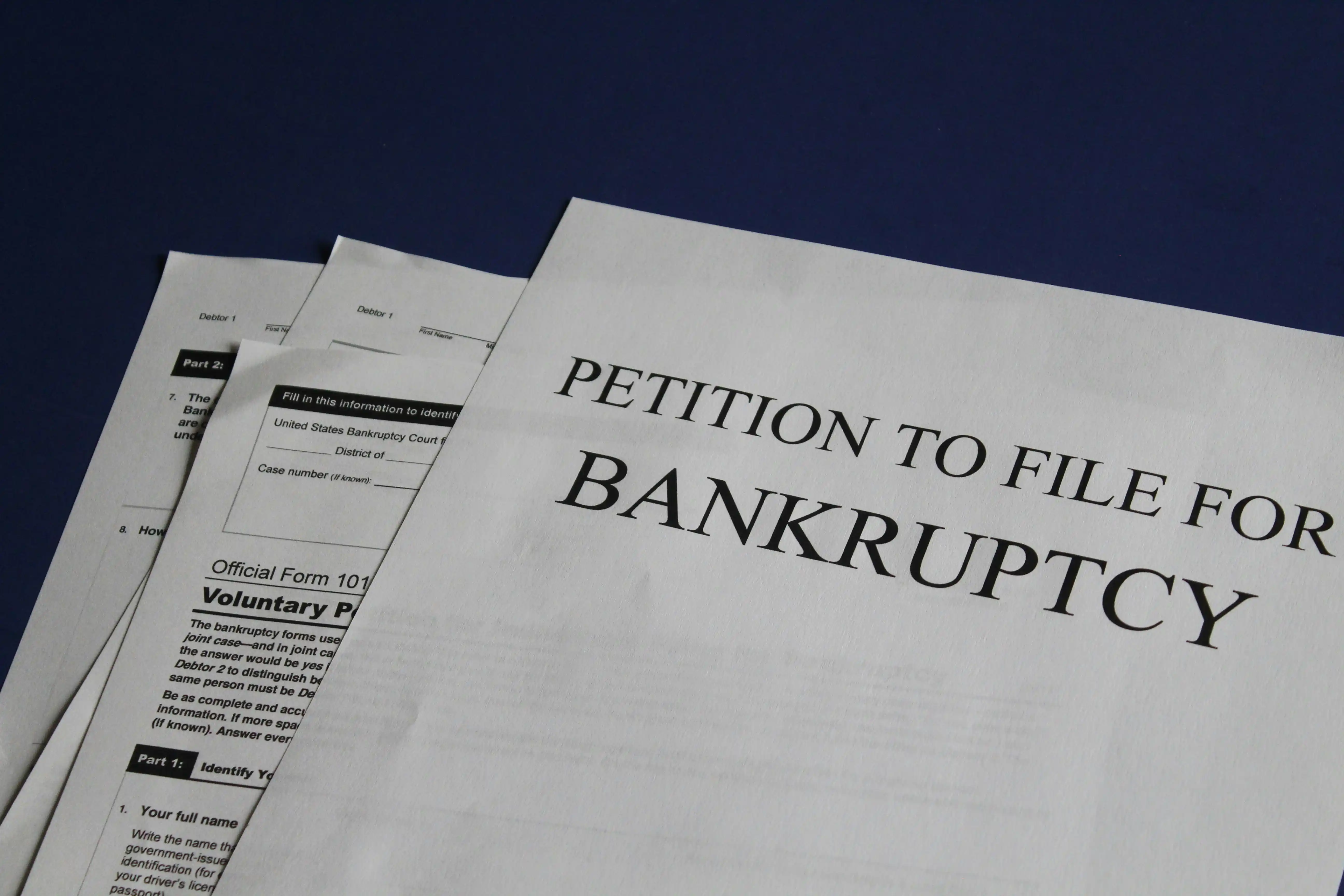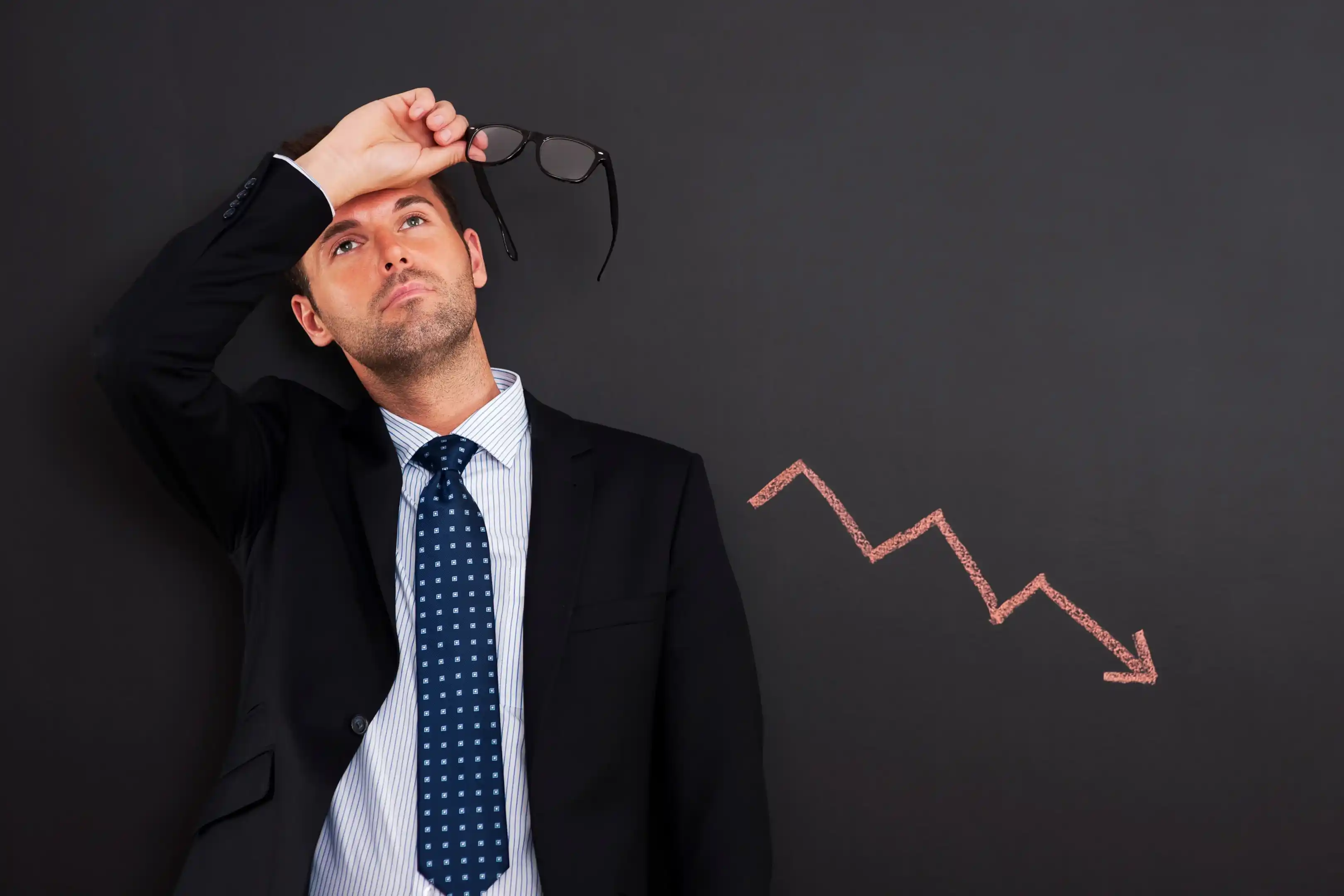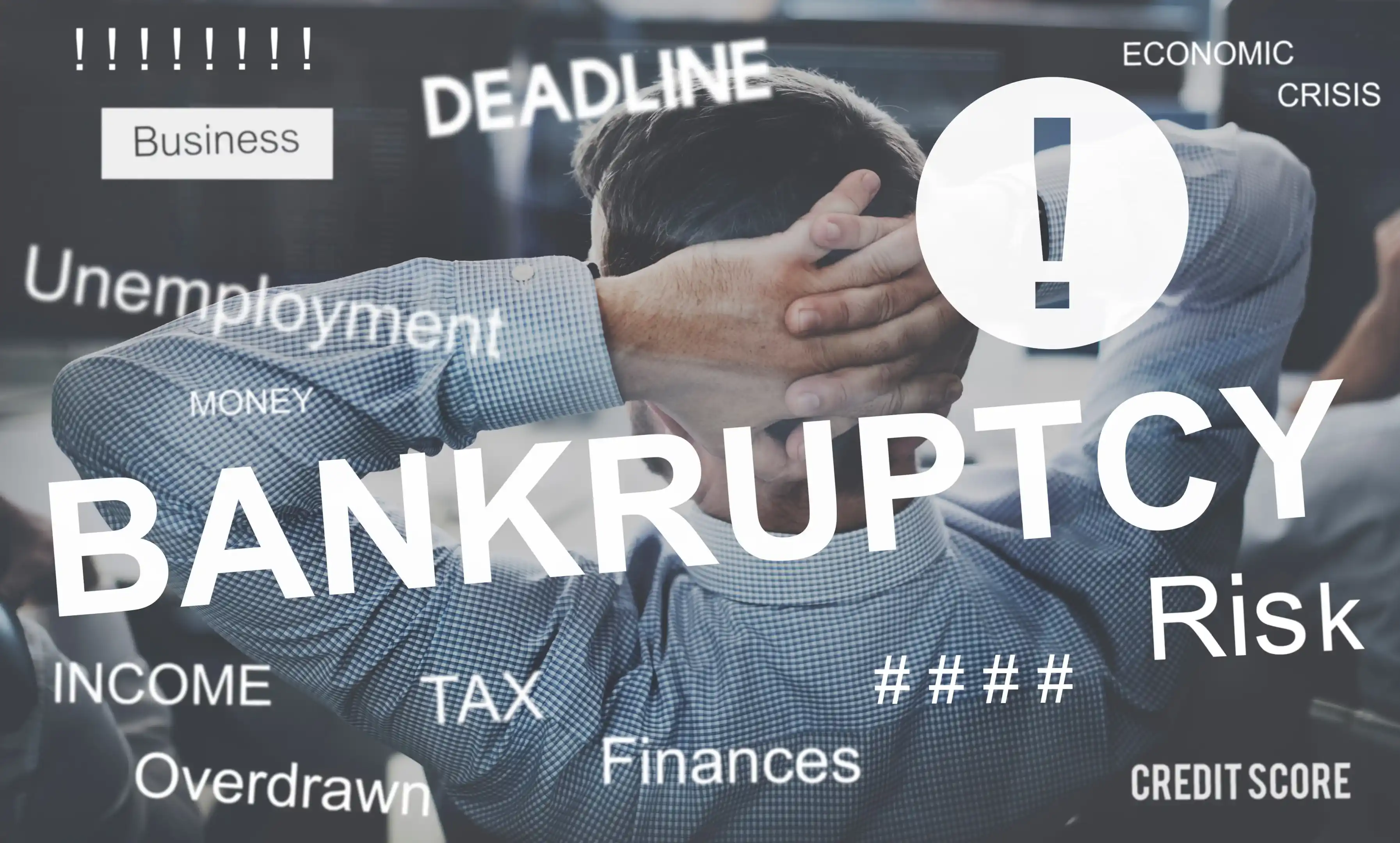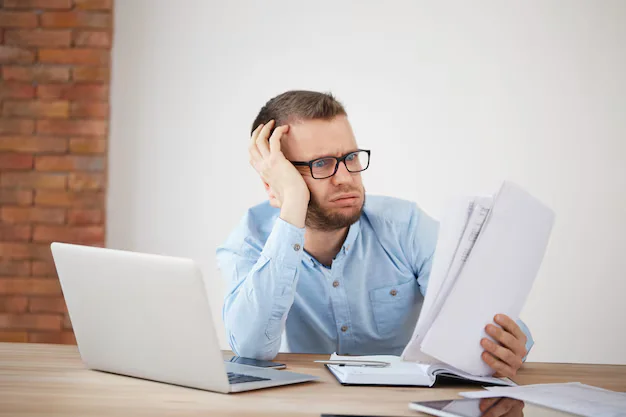Step by step guide to personal bankruptcy in America

If you are struggling with debt relief and cannot find a way to repay debts, you may consider filing bankruptcy through the bankruptcy court under federal bankruptcy laws. Personal bankruptcy can help individuals overwhelmed by unsecured debts regain control, facilitated by a bankruptcy discharge from the bankruptcy judge in a bankruptcy case.
People have been relying on personal bankruptcies during recent years, but many don't know the basics about how it works or if it would be right for them. In this article, we will cover everything from defining personal bankruptcy to exploring its impact on your credit history and future abilities to borrow money, according to bankruptcy law and federal law.
What Is Bankruptcy?
Bankruptcy proceedings work by helping you liquidate assets, settle unsecured debts, and regain control of your life and financial management after hardships, all documented in completed bankruptcy forms. It involves filing a bankruptcy petition wiping out most (if not all) of your unsecured debt. Examples are credit card balances, medical bills, and personal loans from financial institutions.
However, they must not exceed certain limits set by state law. In theory, the right to file for personal bankruptcy promotes the whole economy by providing people and businesses with a second chance to obtain credit and by providing creditors with a share of debt payback.
Administration of personal bankruptcy cases is often managed by a trustee, an officer appointed by the Department of Justice's United States Trustee Program to represent the debtor's estate in the bankruptcy court, ensuring compliance with secured debt regulations and legal obligations.
Unless a secured creditor objects in the bankruptcy proceeding, there is usually very little direct communication between the debtor and the bankruptcy judge, even when court fees and the filing fee are involved.
Who Can File for Personal Bankruptcy?

Anyone struggling with overdue debts can file for bankruptcy, completing the means test and submitting bankruptcy forms at the clerk's office under the guidance of legal help. However, federal bankruptcy laws govern personal bankruptcies, so the rules and legal obligations may vary depending on your secured property and residency, as detailed in the American bankruptcy institute publications.
Even so, filing bankruptcy may affect your ability to repay creditors or secure future car loans or credit cards, as noted on your credit report. Therefore, you should carefully consider whether or not you are willing to take that risk, especially when financial documents and a debt repayment plan are required to initiate debt relief through bankruptcy courts.
You also need to understand which types of debts, such as tax debts and credit card debt, are eligible for bankruptcy proceedings, excluding child support obligations and certain secured debts.
For example, personal bankruptcies only cover unpaid debt such as unsecured loans and credit card balances, but it does not include child support payments and taxes.
An important consideration is that you should always consult with a bankruptcy lawyer, especially before undertaking actions like a reaffirmation agreement or submitting a debtor education course completion to the bankruptcy courts. Of course, it is possible to file for bankruptcy on your own, but we do not recommend this.
How Does Personal Bankruptcy Work?
Bankruptcies come in different types, also known as "chapters". For most people, they would only consider two chapters: Chapter 7 and Chapter 13. Chapter 7 bankruptcy, also known as bankruptcy chapter 7, is the most common type filed in courts and is often part of bankruptcy proceedings.
It involves selling your debtor's assets and personal property to provide repayment to your secured creditors and meet legal obligations. After liquidation, even dischargeable debts will be cleared, adhering to the bankruptcy abuse prevention guidelines.
However, it is worth noting that important assets like your main home, car, goods, etc., will not be included in the liquidation process. Conversely, Chapter 13 bankruptcy, another key bankruptcy chapter, prohibits creditors from forcing the liquidation of your assets.
Therefore, it is an option available for people with more stable finances.In this scenario, the court will obligate you to repay your debts over three to five years. Trustees will collect your payments as part of a structured financial management course, ensuring your secured creditors receive what they are legally owed.
When Should I Think About Personal Bankruptcy?

As mentioned above, bankruptcy is a tool to help people who cannot pay for their outstanding debts. So, if you keep falling behind on your mortgage payments, overdue invoices, or have loan bills constantly piling up, enrolling in a credit counseling course or seeking credit counseling might suggest if filing bankruptcy is the right option for you. However, there may still be alternatives to this process, such as negotiating with your creditors about your debts.
Pros and Cons of Personal Bankruptcy
No matter your circumstances, you should first consider the pros and cons of filing for bankruptcy. One of the most apparent advantages is that people would be able to get rid of their financial obligations through liquidation or debt repayment plans.
Personal bankruptcy can also provide an opportunity to start afresh financially. It will show that they are willing and committed to controlling their finances by filing for bankruptcy. However, there are some disadvantages of personal bankruptcies, too—some being more obvious than others.
For example, your credit score may be negatively affected by filing for bankruptcy. This action will impact your credit rating and stay on your credit report for ten years, which may affect applications for a car loan, which means that it may be difficult to apply for mortgages or car loans during this period.
Personal bankruptcies, especially recently filed bankruptcy cases, can also reduce your chances of employment due to legal obligations companies adhere to regarding financial histories. This is because some companies screen out applicants who have filed for personal bankruptcy in the past five years before contacting them.
Alternatives to Filing for Bankruptcy
People and businesses may desire to avoid personal bankruptcy at times. There are various alternatives that may be able to minimize your financial responsibilities. Negotiating with creditors without entering the courts can sometimes benefit both parties.
Instead of receiving nothing, a creditor may agree to a repayment plan that reduces your debt or spreads your payments over a longer period of time. If you are unable to make your mortgage payments, contact your loan servicer to see what choices you have other than filing for bankruptcy.
Forbearance, which allows you to stop making payments for a set length of time. Repayment plan designed to spread lower monthly payments over a longer period of time, are examples. Another option is loan modification, which would permanently change the conditions of your loan (such as lowering the interest rate), making it easier to repay.
However, be wary of unsolicited offers from companies claiming to be able to save your property from going into foreclosure. They could be nothing more than con men. If you owe the IRS money, you may be qualified for an offer in compromise, which allows you to settle with the government for less than you owe. In some cases, the IRS also offers monthly payment plans to taxpayers who are unable to pay their tax obligations in full.
Is Personal Bankruptcy an Option?
Unfortunately, personal bankruptcy is the best option for some people or businesses. If your obligations become too enormous to manage, you may be forced to liquidate all of your assets and face legal action for nonpayment or breach of contract. While bankruptcy can be devastating to your credit and reputation, it is a legal way to prevent the worst-case scenario indicated above.
If you file for bankruptcy, do you get rid of all your debts?

Many sorts of unsecured obligations, such as credit cards or personal loans, can be renegotiated or erased through bankruptcy. Other debts not dischargeable in bankruptcy include: The United States Bankruptcy Code identifies 19 different types of debts that cannot be discharged in bankruptcy:
-
Child support and alimony.
-
Tax liens are used to collect unpaid taxes. However, some federal, state, and municipal taxes may be dischargeable if they are several years old.
-
Debts for willful and malicious injury to another person or property ("Willful and malicious" indicates purposeful and without reasonable cause.)
-
Debts for wrongful death or personal injury caused by the debtor's use of a motor vehicle while intoxicated or impaired by other substances.
-
Condo association common/maintenance fees (or similar).
-
Debts that you did not include in your bankruptcy petition.
Final Thoughts: Step by Step Guide to Personal Bankruptcy in America
If you are struggling to make ends meet, keep in mind that plenty of resources are available for you to get back on track. In some cases, filing for personal bankruptcy may be an option worth exploring with one or more qualified professionals before making any decisions about how best to proceed.
Also, it has lasting financial consequences such as asset liquidation and bad credit that will affect your financial decisions for a long time. Therefore, you should consider all the options you have available before you proceed with bankruptcy. In addition, make sure to maintain documentation such as pay stubs and bank statements to understand your current financial situation better.

